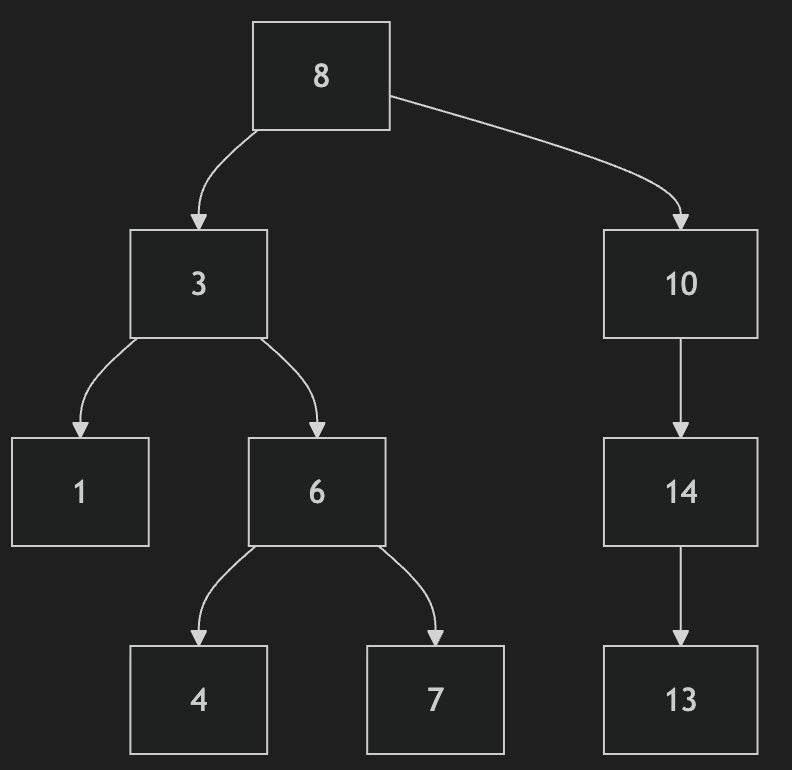Level order traversal is one of the most intuitive and useful ways to explore a binary tree. Instead of following a single branch deep into the tree (like preorder, inorder, or postorder traversal), level order visits each level from top to bottom, left to right.
This traversal is often called breadth-first traversal (BFS) because it explores all nodes at the current depth before moving to the next level.
Why Level Order Traversal?
- Helps visualize the tree structure clearly.
- Useful in tree serialization and deserialization.
- Forms the basis for solving various algorithmic problems, such as finding the shortest path or checking whether a tree is complete.
Algorithm Overview
A standard way to implement level order traversal uses a queue:
- Start by adding the root node to the queue.
-
While the queue is not empty:
- Remove the node at the front of the queue.
- Process it (for example, add its value to a list).
- Add its left and right children to the queue if they exist.
- Continue until all nodes have been processed.
This ensures that nodes are visited level by level.

Python Example
Let’s look at a Python implementation of level order traversal.
from collections import deque
class TreeNode:
def __init__(self, val=0, left=None, right=None):
self.val = val
self.left = left
self.right = right
def level_order_traversal(root):
"""
Returns the level order traversal of a binary tree as a list of lists.
Each sublist contains values at that level.
"""
if not root:
return []
result = []
queue = deque([root])
while queue:
level_size = len(queue)
level = []
for _ in range(level_size):
node = queue.popleft()
level.append(node.val)
if node.left:
queue.append(node.left)
if node.right:
queue.append(node.right)
result.append(level)
return result
Writing Tests
It’s important to write tests to confirm that the implementation behaves as expected.
def test_level_order_traversal():
# Build the following tree:
# 1
# / \
# 2 3
# / \ \
# 4 5 6
root = TreeNode(1)
root.left = TreeNode(2, TreeNode(4), TreeNode(5))
root.right = TreeNode(3, None, TreeNode(6))
expected = [
[1],
[2, 3],
[4, 5, 6]
]
result = level_order_traversal(root)
assert result == expected, f"Expected {expected}, but got {result}"
def test_empty_tree():
assert level_order_traversal(None) == []
def test_single_node():
root = TreeNode(42)
assert level_order_traversal(root) == [[42]]
if __name__ == "__main__":
test_level_order_traversal()
test_empty_tree()
test_single_node()
print("All tests passed!")
Complexity Analysis
| Time Complexity | Space Complexity | |
|---|---|---|
| Level Order Traversal | O(n) | O(n) |
Where n is the number of nodes in the tree. We visit each node exactly once, and in the worst case, the queue may hold up to n nodes.
Conclusion
Level order traversal is a straightforward yet powerful way to explore binary trees. It helps reveal the structure of the tree clearly and is fundamental to solving many tree-based problems. Using a queue keeps the implementation clean, and writing tests ensures correctness in real-world scenarios.